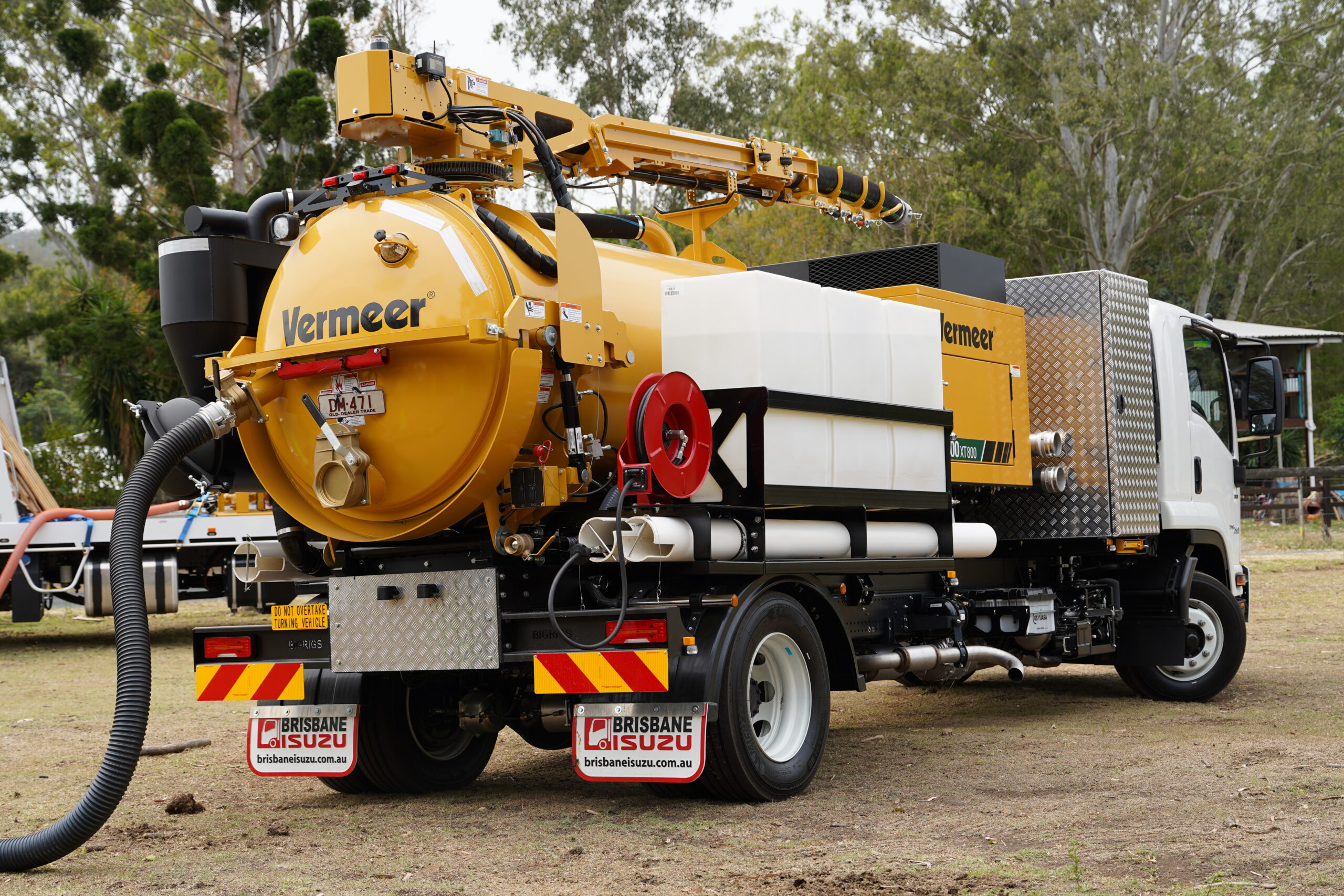Accurate utility location is vital for many types of construction and development projects, as well as for routine maintenance and repair of utilities. Failure to locate and properly mark utilities can result in damage, costly repairs, service disruptions, and potential safety hazards. That’s why utilities and local governments are looking for solutions that can help them get the job done right.
Utility location can be a complex undertaking. Regulations and codes are ever changing, requiring the safest and accurate methods for locating underground infrastructure.
Traditional excavation methods run the risk of damaging utilities, leading to outages and posing safety risks to workers and the public. It can also result in expensive repairs, project delays, and potential fines or legal action.
For utilities and local governments, it has become increasingly important to employ non-destructive digging (NDD) solutions.
Soft tools means optimal precision
As an NDD solution, vacuum excavators are safer than traditional excavation methods.
The vacuum excavator uses pressurised water or air to remove soil and debris from around buried utilities without damaging them. As the operator can control the suction power, it provides greater accuracy and precision.
Operators can choose what level of air or water pressure to use depending on the asset they are locating. Low pressure settings are better suited for gas and fibre lines, while the high-pressure function can be utilised for water pipes.
Local governments are under pressure to deliver projects quickly and at low cost. As a more efficient method for excavation, vacuum excavators reduce the time and labour required for utility location.
Minimising disruption
Communities also increasingly expect utilities and local governments to deliver works with as minimal impact as possible on the environment.
The vacuum excavator provides a more environmentally friendly alternative to traditional excavation as it leads to less surface disruption and reduces the risk of soil erosion.
For local governments, it’s important to limit noise that impacts communities while undertaking excavation works. Vermeer has a range of vacuum excavators with integrated silencing systems for quieter operation. It works by dampening sound before it’s released into the atmosphere using an external engine compartment baffle system.
Versatile equipment, whatever the project
As Australia’s network of utility assets continues to expand and more projects are delivered to communities, utilities and local governments are responsible for employing the optimal tools for locating underground infrastructure assets.
For a safe way to go about utility location, Vermeer has a wide range of vacuum excavators suitable for every job – big or small. With units ranging between 400 and 11,000 litre spoil tank capacity and the CFM to match, there are numerous options to choose from.
Vermeer’s vacuum excavators are designed to save time, with features including telescopic boom 5” to 6” options, reverse flow and a smart in-take wash down system. Vermeer’s vacuum excavators start at 5” and end at 10” by the time the spoil enters the spoil tank to save on blockages. Both the VSK100 and Deep Vac range have 5” booms, while the VX200-2000 model boasts the 6” boom.
To guide an efficient pathway for excavation, the Verifier G3 Utility Locator is durable, easy to use and does not require calibration. A three-year warranty offers coverage including water damage.
Vermeer’s vacuum excavators have an array of uses beyond utility location, including cleaning catch basins, digging post holes, sewer jetting and exercising water valves.
Get in touch with your local Vermeer Australia team to discuss your needs.

 MyDealer:
MyDealer:


